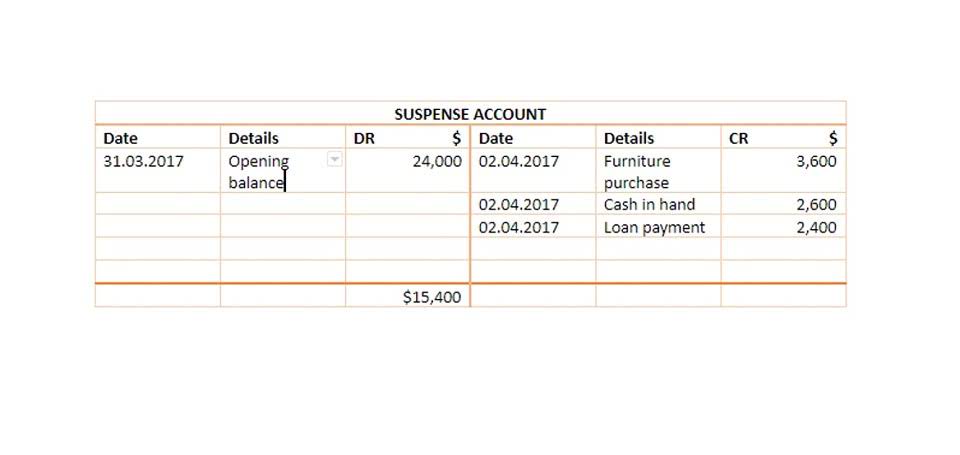
A chart of accounts (COA) is a systematic listing of all financial transactions your company has made during a dedicated accounting period – January to December, April to March, or July to June. Every financial transaction breaks down into five categories, like assets, liabilities, equity, income, and expenses that facilitate easy access. In the realm of accounting, a Chart of Accounts (COA) is an essential organizational tool that helps businesses systematically categorize Bookstime their financial transactions. The COA serves as the backbone of a company’s accounting system, ensuring that financial data is accurately recorded, easily accessible, and comprehensible. Whether you’re managing a small startup or a large corporation, understanding and utilizing a Chart of Accounts effectively can streamline your financial operations and enhance your decision-making processes.
Inventory Management
These earnings are retained within the company to be reinvested in the business, finance expansions, or repay debt. Retained earnings can positively impact the company’s financial stability and growth prospects. COAs are typically made up of five main normal balance accounts, with each having multiple subaccounts. The average small business shouldn’t have to exceed this limit if its accounts are set up efficiently. To do this, she would first add the new account—“Plaster”—to the chart of accounts.
- Unlike asset and liability accounts, which can go up or down in value as funds are deposited and withdrawn, the Owner Contribution and Owner Withdrawal categories only increase in value.
- Pacific Accounting & Business Services is focused on providing high-quality accounting, finance, and related back office services to businesses.
- She would then make an adjusting entry to move all of the plaster expenses she already had recorded in the “Lab Supplies” expenses account into the new “Plaster” expenses account.
- Apple employs an advisor who is paid a salary of $200,000 per year, while Blackbird is owned by a sole proprietor who also performs all of the firm’s advisory services.
- Spend Smarter – You are always looking for opportunities to reduce expenses.
How To Build A Useful Chart Of Accounts For Financial Advisors And Implement It In Your Business

By setting up a well-structured COA in the software and integrating third-party applications where necessary, businesses can optimize their financial management processes and make better-informed decisions. It is important to keep track of both common and preferred stock in the equity accounts, as they have different implications for the company’s financial management and shareholder rights. By organizing revenue and expenses in the chart of accounts, businesses can effectively track and manage their financial activities, providing valuable insights into overall profitability and helping identify areas for growth or improvement. Thanks to accounting software, chances are you won’t have to create a chart of accounts from scratch. Accounting software products generally set you law firm chart of accounts up with a basic chart of accounts that you can work with your accountant or bookkeeper to amend, according to your industry and your business’s complexity.
Great! The Financial Professional Will Get Back To You Soon.

The classification of assets and liabilities into current and non-current categories helps businesses and investors assess the financial health of a company. By examining the liquidity of a company, one can better understand the organization’s ability to meet short-term financial obligations and its prospects for long-term growth and stability. Small businesses may record hundreds or even thousands of transactions each year.

- Here are tips for how to do this, plus details about what a COA is, examples of a COA and more.
- Many, or all, of the products featured on this page are from our advertising partners who compensate us when you take certain actions on our website or click to take an action on their website.
- Because current assets never quite match current liabilities, accountants often use other account types that serve as the “missing Jenga blocks” to ensure an accurate general ledger.
- It is the key for consistent and accessible data that gives a clear picture of the firm’s financial health.
- As your business grows, so will your need for accurate, fast, and legible reporting.
- By mastering this essential aspect of accounting, you lay the foundation for your business’s long-term success and stability.
Similarly, you are required to organize and manage the chart of accounts for seamless tracking, reporting, budgeting, and making informed decisions. Other firms may wish to track their profit and losses more frequently (e.g., quarterly) and may therefore prefer recording the owner’s advisor compensation in more frequent installments. Unlike asset and liability accounts, which can go up or down in value as funds are deposited and withdrawn, the Owner Contribution and Owner Withdrawal categories only increase in value. This is so the owner can keep track of how much they have cumulatively contributed to and withdrawn from the business over time. Different accounting and payroll software may have slightly different processes for recording payroll expenses and taxes.




















